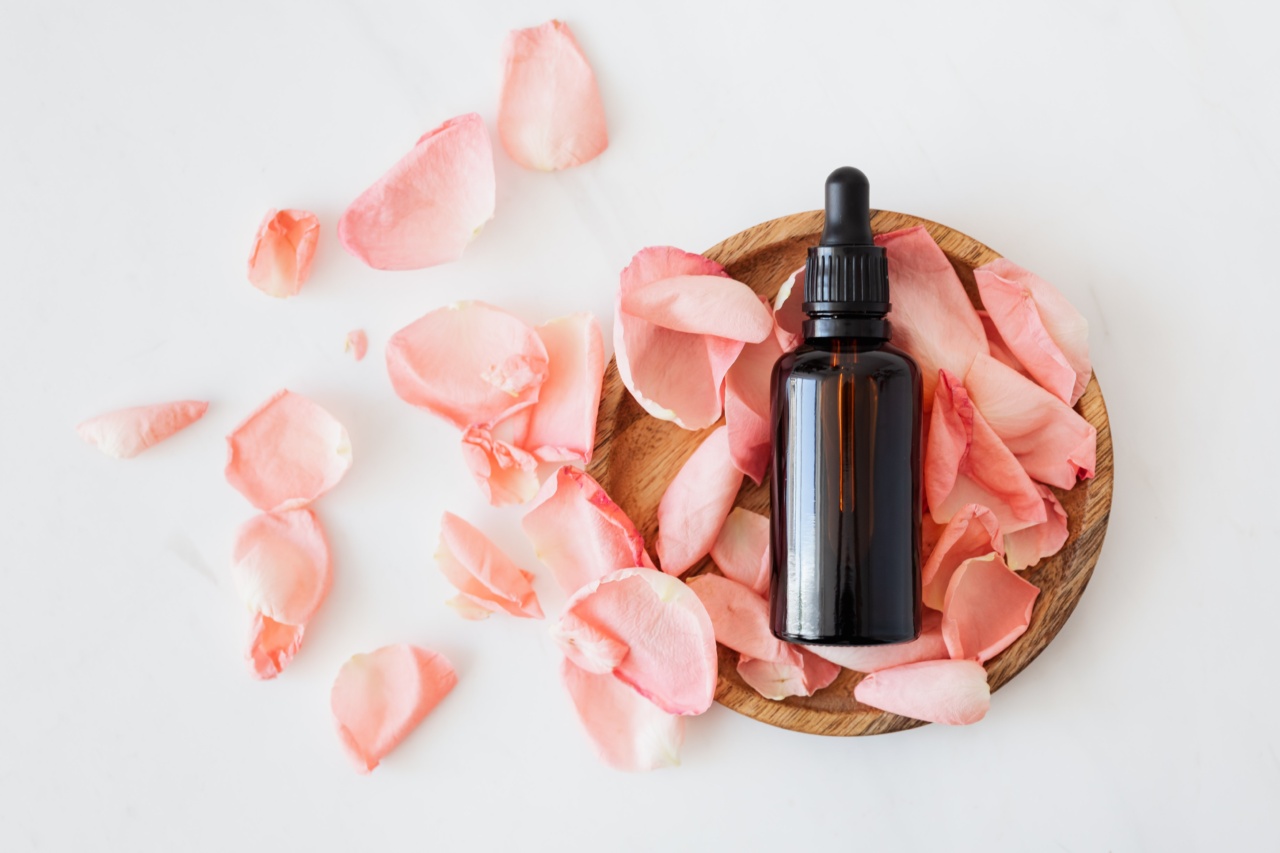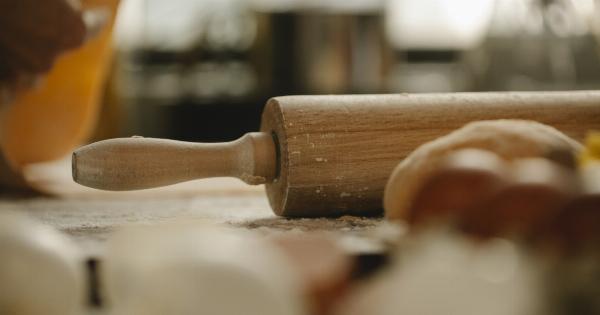Essential oils have been used for aromatherapy and various other purposes for centuries. Due to their popularity and high demand, there are a lot of manufacturers that produce essential oils.
It is important to ensure that the essential oils you purchase are pure and not adulterated. Adulteration is a common practice in the essential oil industry, where manufacturers mix natural essential oils with synthetic chemicals or other oils. This leads to the dilution of the purity and efficacy of the oil.
In this article, we will discuss how to detect adulterated essential oils.
What is Adulteration?
Adulteration is the practice of adding synthetic chemicals or other oils to natural essential oils. The purpose of this adulteration is to increase the volume of the oil and reduce its cost.
Adulteration is a common practice in the essential oil industry, and it is important to be able to detect it before using the oil.
Types of Adulteration
There are different types of adulteration that can occur in essential oils:.
- Dilution: In this type of adulteration, natural essential oils are mixed with a carrier oil to reduce its cost.
- Addition of synthetic chemicals: Synthetic chemicals are added to essential oils to give them a specific scent or flavor.
- Mixing of different oils: Different oils are mixed together to create a new fragrance.
Visual Inspection
The first step in detecting adulterated essential oils is to perform a visual inspection. The appearance of the oil can often give clues as to whether it has been adulterated. Here are some factors to look for:.
- Consistency: The consistency of the oil should be uniform. If there are different layers or clumps, it may indicate that the oil has been adulterated.
- Color: The color of the oil should be consistent with the type of oil. If it is a significantly lighter or darker color, it may contain other oils or synthetic chemicals.
- Clarity: Essential oils should be clear. If the oil is cloudy, it may indicate that it has been mixed with another oil or synthetic chemicals.
Smell test
Another way to detect adulterated essential oils is to perform a smell test. Natural essential oils have a distinct and strong scent, while adulterated essential oils may have a muted or synthetic scent. Here are some ways to perform a smell test:.
- Take a whiff: Smell the oil directly from the bottle or a cotton ball. If the scent is weak or synthetic, it may have been adulterated.
- Dilute the oil: Mix the oil with a carrier oil and smell it. If the scent is significantly weaker, it may be adulterated.
- Burn the oil: Burn a few drops of the oil and smell the smoke. If the scent is unpleasant or different from the natural smell, it may be adulterated.
Chemical analysis
If visual inspection and smell tests do not provide conclusive evidence of adulteration, a chemical analysis can be performed. A gas chromatography-mass spectrometry (GC-MS) can be used to analyze the chemical compounds in the oil.
GC-MS is a highly accurate method that can detect the presence of synthetic chemicals or other oils in the essential oil. However, this method can be expensive and time-consuming.
Buy from reputable sources
The best way to ensure that you are buying pure essential oils is to purchase from reputable sources. Look for trusted brands that provide detailed information about the source and production of the oil.
Read reviews and ask for recommendations from other users or aromatherapy professionals.
Conclusion
Detecting adulteration in essential oils is important to ensure that you are getting the full benefits of the oil. Visual inspection and smell tests can be helpful in detecting adulteration.
A chemical analysis can provide conclusive evidence but can be expensive. Buying from reputable sources is the best way to ensure that you are getting pure essential oils.

























